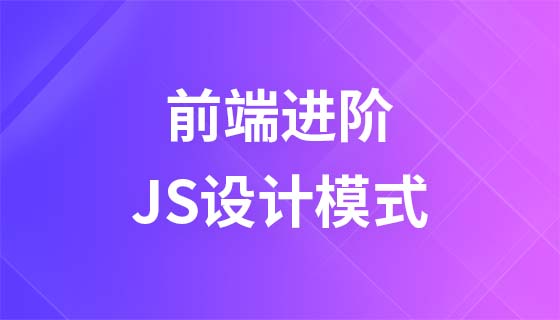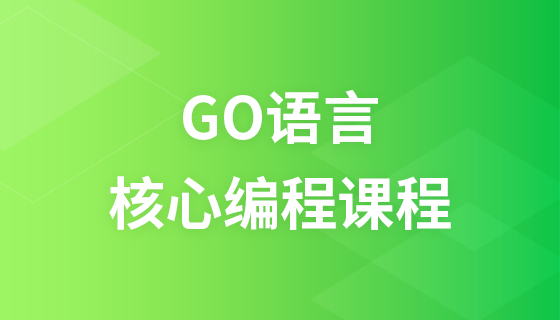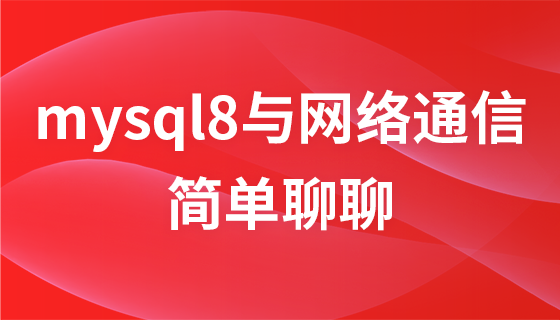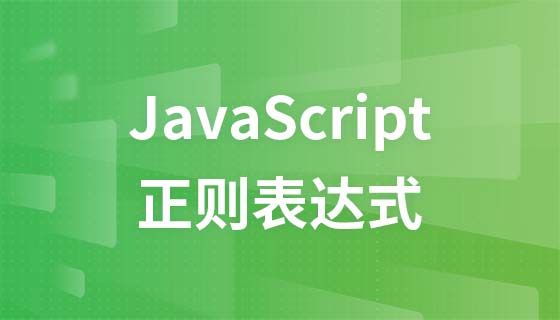检索HTTP响应的原始标头
来源:stackoverflow
时间:2024-03-13 16:45:29 410浏览 收藏
从现在开始,我们要努力学习啦!今天我给大家带来《检索HTTP响应的原始标头》,感兴趣的朋友请继续看下去吧!下文中的内容我们主要会涉及到等等知识点,如果在阅读本文过程中有遇到不清楚的地方,欢迎留言呀!我们一起讨论,一起学习!
如何获取响应的原始标头作为字符串,如下所示:
alt-svc: quic=":443"; ma=2592000; v="44,43,39,35" cache-control: private, max-age=0 content-encoding: br content-type: text/html; charset=UTF-8 date: Tue, 08 Jan 2019 06:19:47 GMT expires: -1 server: gws set-cookie: 1P_JAR=2019-01-08-06; expires=Thu, 07-Feb-2019 06:19:47 GMT; path=/; domain=.google.com set-cookie: SIDCC=ABtHo-HHNcja-cEEFEUXtBmLOdql4RTVMCWKGApEFFb8lWSAqaTF_fi0gDLoWaCzH3ogvEofah0; expires=Mon, 08-Apr-2019 06:19:47 GMT; path=/; domain=.google.com; priority=high status: 200
因为我想从响应标头中获取多个 set-cookie 值。
使用 http.response.header.get("set-cookies") 仅返回最后一行。
或者我怎样才能获得多个cookie?
解决方案
如果您想要原始标头,则需要为 net.Conn 编写一些包装器,该包装器在 http 库解释原始标头之前捕获原始标头。
但是您似乎并不真正需要原始标头,甚至根本不需要完整标头。如果您的目标只是读取多个 cookie,最简单的方法是使用响应中的 Cookies 方法。
这两者之间的中间选项是读取响应的整个 Header 字段。这将呈现完整标头,但不能保证其顺序,并且将完成最少的解析(以删除换行符等),因此不能说这是真正的“原始”。但是,它确实通过将所有标头值存储在 []string 中来保留多个值,以防出现重复标头。因此,就这个问题而言,这应该是完全足够的(尽管如上所述,response.cookies会更容易)。
在我看来,往返响应的最佳选择是
httputil#dumpresponse:
package raw
import (
"bufio"
"bytes"
"net/http"
"net/http/httputil"
)
func encode(res *http.response) ([]byte, error) {
return httputil.dumpresponse(res, false)
}
func decode(data []byte) (*http.response, error) {
return http.readresponse(bufio.newreader(bytes.newreader(data)), nil)
}
或者,如果您只想要 cookie,您可以这样做:
package raw
import (
"encoding/json"
"net/http"
)
func encode(res *http.response) ([]byte, error) {
return json.marshal(res.cookies())
}
func decode(data []byte) ([]http.cookie, error) {
var c []http.cookie
if e := json.unmarshal(data, &c); e != nil {
return nil, e
}
return c, nil
}
或者对于单个 cookie:
package raw
import (
"encoding/json"
"net/http"
)
func encode(res *http.Response, name string) ([]byte, error) {
for _, c := range res.Cookies() {
if c.Name == name {
return json.Marshal(c)
}
}
return nil, http.ErrNoCookie
}
func decode(data []byte) (*http.Cookie, error) {
c := new(http.Cookie)
if e := json.Unmarshal(data, c); e != nil {
return nil, e
}
return c, nil
}
https://golang.org/pkg/net/http/httputil#DumpResponse
文中关于的知识介绍,希望对你的学习有所帮助!若是受益匪浅,那就动动鼠标收藏这篇《检索HTTP响应的原始标头》文章吧,也可关注golang学习网公众号了解相关技术文章。
-
502 收藏
-
502 收藏
-
501 收藏
-
501 收藏
-
501 收藏
-
139 收藏
-
204 收藏
-
325 收藏
-
478 收藏
-
486 收藏
-
439 收藏
-
357 收藏
-
352 收藏
-
101 收藏
-
440 收藏
-
212 收藏
-
143 收藏
-

- 前端进阶之JavaScript设计模式
- 设计模式是开发人员在软件开发过程中面临一般问题时的解决方案,代表了最佳的实践。本课程的主打内容包括JS常见设计模式以及具体应用场景,打造一站式知识长龙服务,适合有JS基础的同学学习。
- 立即学习 543次学习
-

- GO语言核心编程课程
- 本课程采用真实案例,全面具体可落地,从理论到实践,一步一步将GO核心编程技术、编程思想、底层实现融会贯通,使学习者贴近时代脉搏,做IT互联网时代的弄潮儿。
- 立即学习 516次学习
-

- 简单聊聊mysql8与网络通信
- 如有问题加微信:Le-studyg;在课程中,我们将首先介绍MySQL8的新特性,包括性能优化、安全增强、新数据类型等,帮助学生快速熟悉MySQL8的最新功能。接着,我们将深入解析MySQL的网络通信机制,包括协议、连接管理、数据传输等,让
- 立即学习 500次学习
-

- JavaScript正则表达式基础与实战
- 在任何一门编程语言中,正则表达式,都是一项重要的知识,它提供了高效的字符串匹配与捕获机制,可以极大的简化程序设计。
- 立即学习 487次学习
-

- 从零制作响应式网站—Grid布局
- 本系列教程将展示从零制作一个假想的网络科技公司官网,分为导航,轮播,关于我们,成功案例,服务流程,团队介绍,数据部分,公司动态,底部信息等内容区块。网站整体采用CSSGrid布局,支持响应式,有流畅过渡和展现动画。
- 立即学习 485次学习
